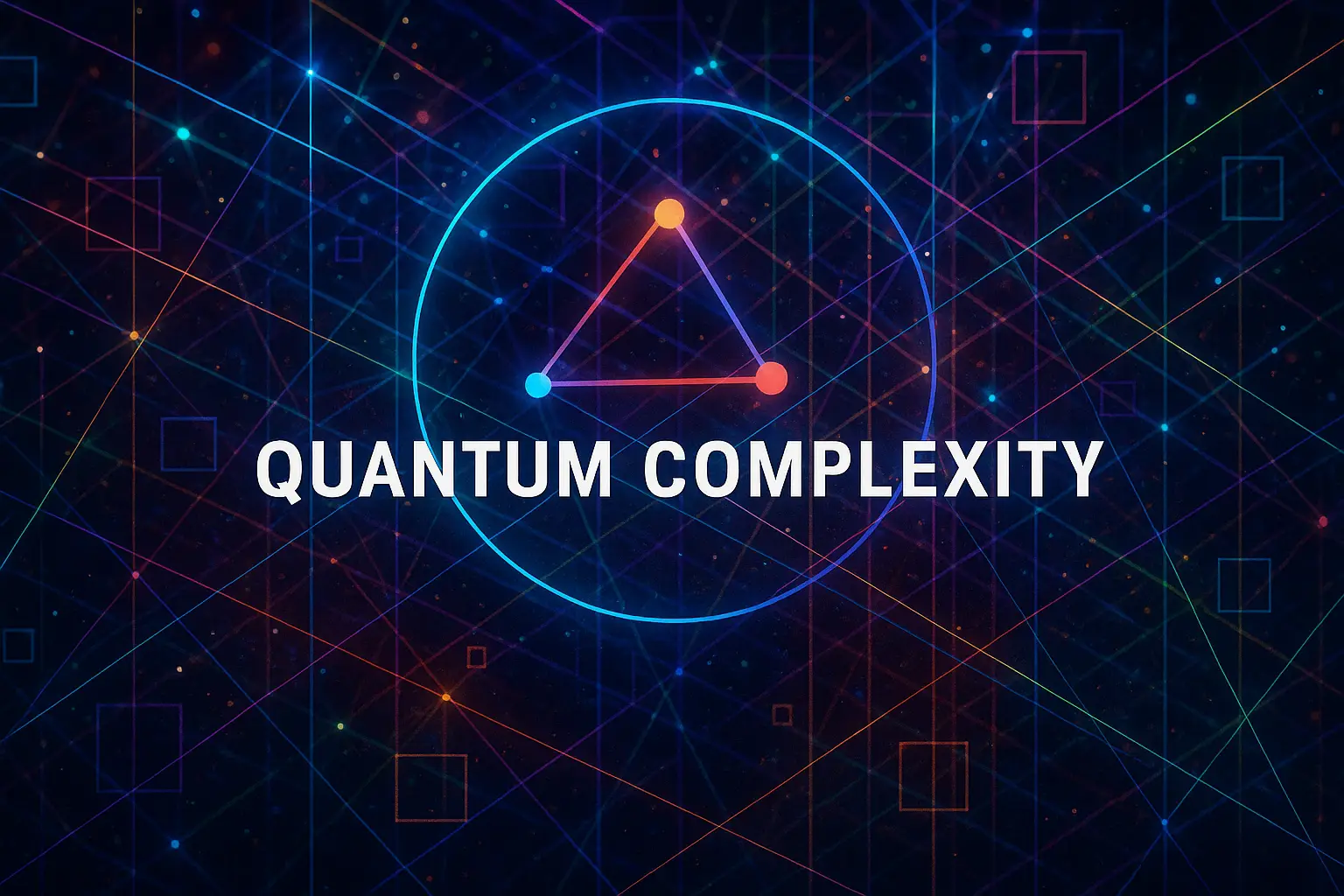Table of Contents
- Introduction
- Classical Interactive Proofs Recap
- Quantum Interactive Proofs (QIP): Definition
- The QIP Complexity Class
- One-Round vs Multi-Round QIP
- QIP(3) = QIP: Compression of Interaction
- QIP and PSPACE: QIP = PSPACE
- Verifier and Prover Roles in Quantum Setting
- Completeness and Soundness in QIP
- Quantum Rewinding and Zero Knowledge
- Interactive Proofs with Quantum Provers and Verifiers
- Quantum Proof Systems with Limited Resources
- Connections to QMA and BQP
- Multi-Prover Quantum Interactive Proofs: MIP*
- MIP* = RE and Implications
- Nonlocal Games and Entanglement in QIP
- Quantum Delegation and Verifiable Computation
- QIP with Multiple Provers and Advice
- Open Questions in QIP Theory
- Conclusion
1. Introduction
Quantum Interactive Proofs (QIPs) extend the classical notion of interactive proofs into the quantum regime. They involve a quantum verifier interacting with a powerful (possibly untrusted) quantum prover to verify statements beyond the reach of classical proofs.
2. Classical Interactive Proofs Recap
In classical complexity, the IP class captures languages decidable by a probabilistic polynomial-time verifier interacting with an unbounded prover. The surprising result that IP = PSPACE established the expressive power of interactive proofs.
3. Quantum Interactive Proofs (QIP): Definition
QIP is the class of languages for which a quantum polynomial-time verifier can be convinced of membership in the language by interacting with a quantum prover over multiple rounds using quantum messages.
4. The QIP Complexity Class
A language L belongs to QIP if there exists a quantum verifier V such that:
- Completeness: If x ∈ L, there exists a prover P such that V accepts with high probability.
- Soundness: If x ∉ L, no prover can convince V to accept with more than a small probability.
5. One-Round vs Multi-Round QIP
QIP(k) denotes QIP with k rounds of interaction. Surprisingly, it is known that:
- QIP(3) = QIP
- QIP(1) = QMA
This shows three rounds suffice for general quantum interactive proof power.
6. QIP(3) = QIP: Compression of Interaction
Watrous proved that any multi-round quantum interactive proof system can be reduced to just three rounds without loss of generality. This is a sharp contrast with classical IP, where multiple rounds are needed.
7. QIP and PSPACE: QIP = PSPACE
Jain, Ji, Upadhyay, and Watrous showed that QIP = PSPACE. This matches classical IP’s expressive power, confirming that quantum interaction does not surpass classical interactive power in unbounded settings.
8. Verifier and Prover Roles in Quantum Setting
The verifier is a quantum polynomial-time machine, restricted in computation and memory. The prover can perform arbitrary quantum computations but is not trusted. Interaction involves quantum state exchanges.
9. Completeness and Soundness in QIP
The system ensures:
- High acceptance for honest proofs (completeness)
- Low acceptance for invalid claims (soundness)
Both properties are often amplified using parallel repetition or error-reducing constructions.
10. Quantum Rewinding and Zero Knowledge
Quantum rewinding is challenging due to the no-cloning theorem. Special techniques have been developed for zero-knowledge proofs, where the verifier learns nothing beyond the validity of the statement.
11. Interactive Proofs with Quantum Provers and Verifiers
Beyond QIP, some models consider both the verifier and prover to be fully quantum. These support rich features like entanglement, quantum parallelism, and privacy-preserving verification.
12. Quantum Proof Systems with Limited Resources
Restricted models like QIP(1), QIP_log (logarithmic communication), and bounded-memory QIP study the limits of interactivity under practical constraints, with potential near-term applicability.
13. Connections to QMA and BQP
- QIP(1) = QMA shows QMA can be seen as one-round interaction
- BQP ⊆ QMA ⊆ QIP
These inclusions structure quantum complexity and help define what is provable with varying verification effort.
14. Multi-Prover Quantum Interactive Proofs: MIP*
MIP* involves multiple entangled provers and a classical verifier. It subsumes QIP and offers powerful verification mechanisms through nonlocal games and entanglement testing.
15. MIP* = RE and Implications
The result that MIP* = RE shows that entangled provers can verify any recursively enumerable problem. It implies:
- Undecidability in entangled games
- Connections to operator algebras and mathematical logic
16. Nonlocal Games and Entanglement in QIP
Nonlocal games enable QIP verification by testing entanglement and consistency across responses. These are central to hardness of approximation and delegated quantum computing.
17. Quantum Delegation and Verifiable Computation
QIP models underpin secure delegation protocols like:
- Mahadev’s protocol
- Classical-verifiable quantum computing
- Universal verifiability with entangled provers
18. QIP with Multiple Provers and Advice
Variants like QIP/qpoly or MIP*/poly introduce quantum advice or nonuniform resources, revealing new boundaries between interaction, proof complexity, and communication.
19. Open Questions in QIP Theory
- Are there complete problems for QIP?
- Can QIP(2) = QIP be proven?
- Can quantum zero-knowledge be achieved without rewinding?
20. Conclusion
Quantum interactive proofs represent a rich and foundational frontier of quantum complexity. From single- to multi-prover systems and zero-knowledge to verification, QIP formalizes the power and limits of quantum communication for computational truth.


